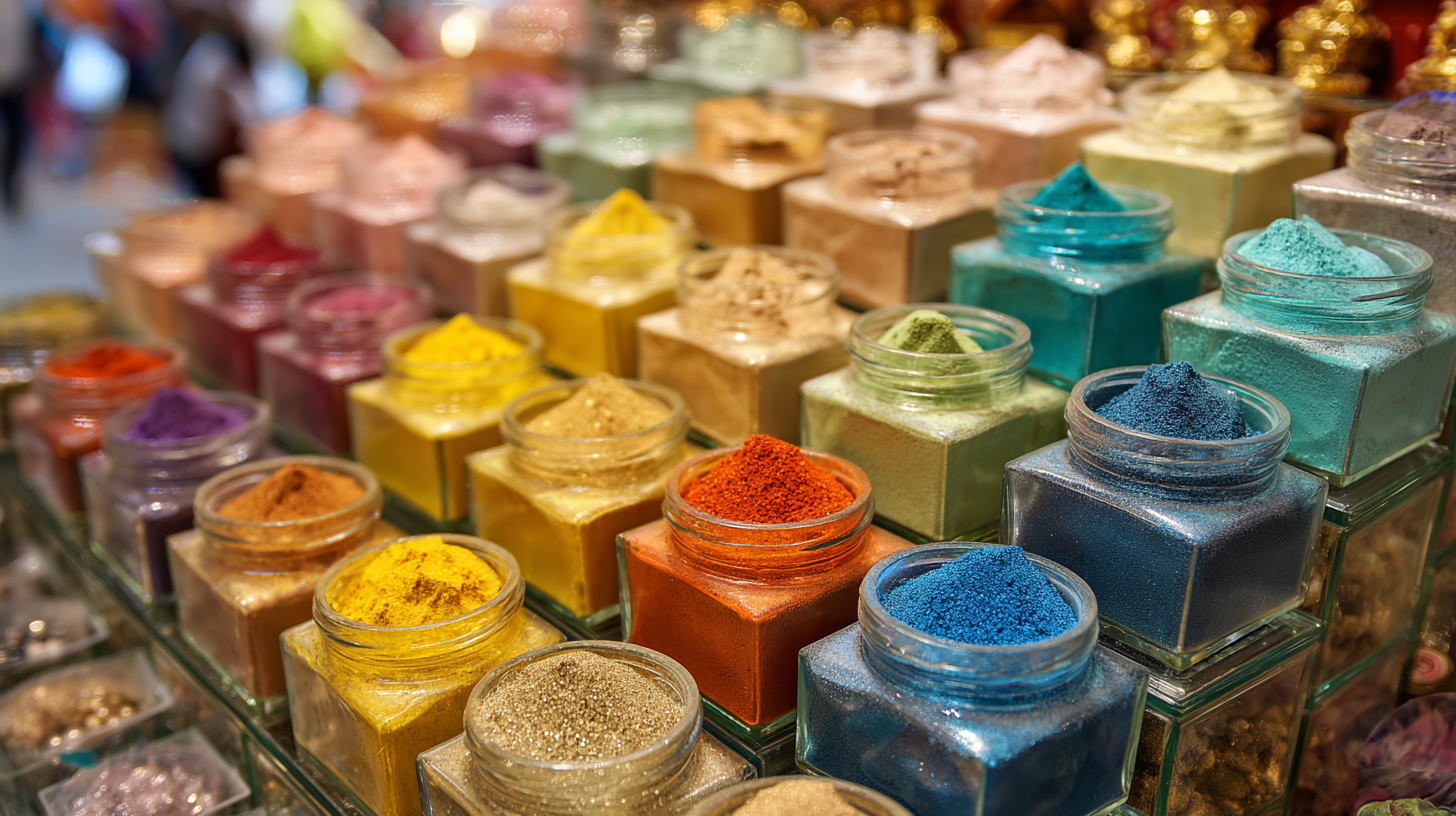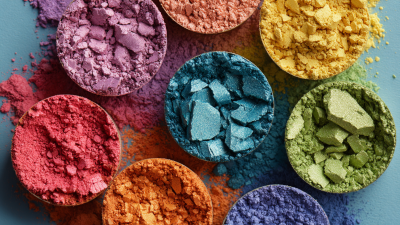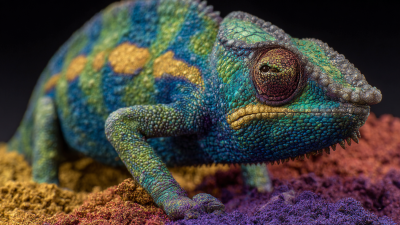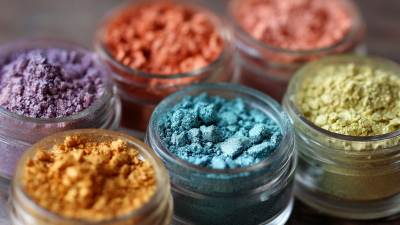The mica powder market has witnessed significant growth in recent years, particularly in the soap industry, as consumers increasingly demand natural and aesthetically pleasing products. According to a recent market research report by Grand View Research, the global mica powder market was valued at approximately USD 1.14 billion in 2022 and is projected to expand at a compound annual growth rate (CAGR) of around 4.5% from 2023 to 2030. The rising trend of using mica powder in soap is driven by its unique ability to add shimmer and vibrant colors without compromising the natural integrity of the product. As we look forward to the 138th Canton Fair in 2025, industry stakeholders will have the opportunity to explore emerging trends and innovative applications of mica powder in soap, showcasing how this versatile ingredient is transforming the personal care market.
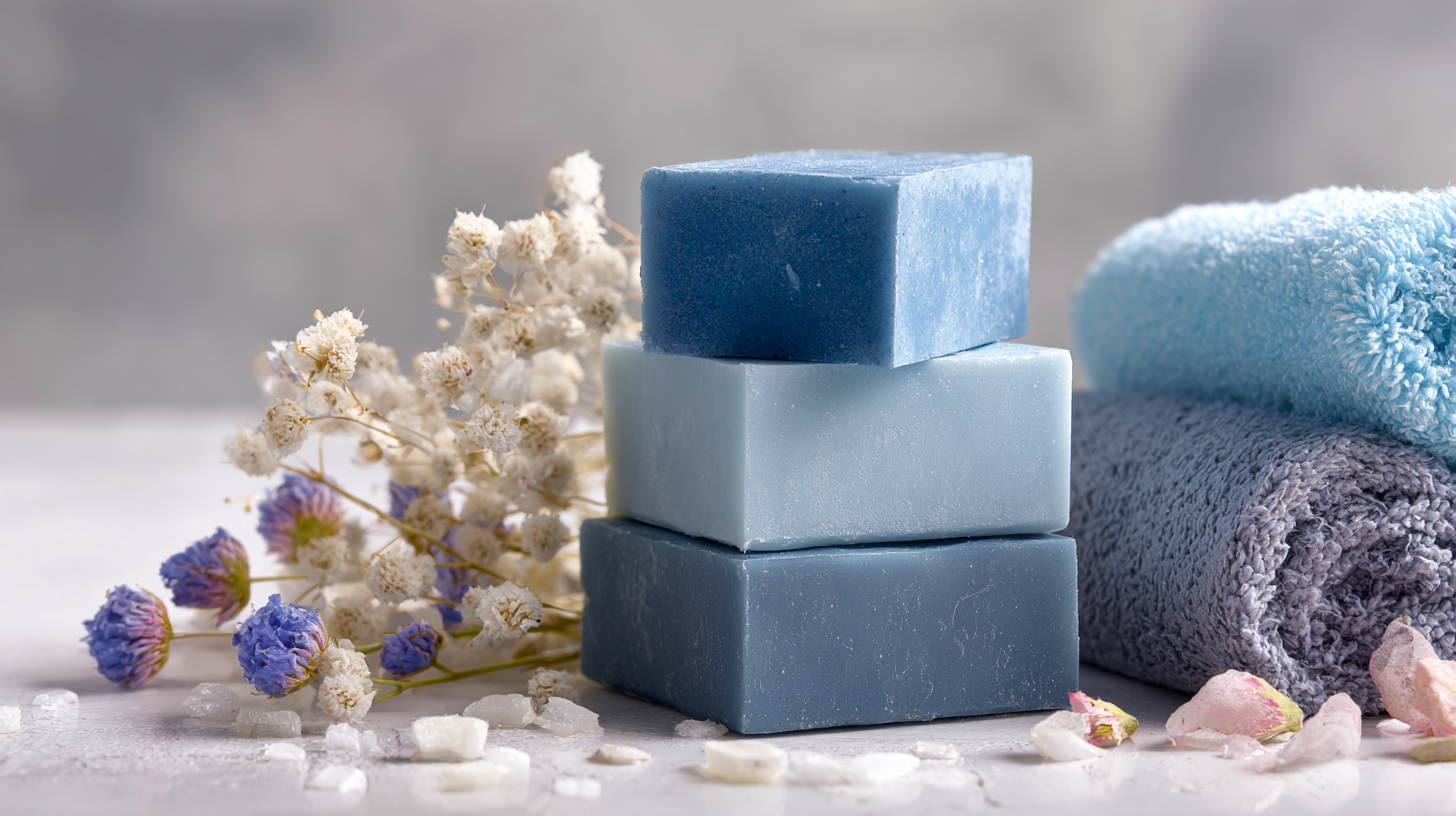
The 138th Canton Fair in 2025 is set to showcase a diverse array of innovations in the mica powder market, particularly emphasizing its applications in the soap industry. Mica powder, known for its shimmering properties and non-toxic characteristics, is increasingly favored by manufacturers seeking to enhance the aesthetic appeal of their products. At the fair, attendees will explore various mica powder varieties, including synthetic, natural, and biogenic options, each offering unique color palettes and finishes tailored to meet evolving consumer preferences.
In recent years, trends have shifted towards eco-friendly and sustainable mica sourcing. Many exhibitors will highlight their commitment to responsible mining practices and quality assurance, addressing concerns over ethical sourcing in the industry. Moreover, cutting-edge technology is being integrated into production processes, resulting in finer particle sizes and improved dispersion qualities for soap formulations. This emphasis on innovation not only caters to the aesthetic desires of consumers but also aligns with the growing demand for products that are both visually appealing and environmentally conscious in the competitive market.
The global mica powder market is witnessing remarkable growth, spurred by increased applications in various industries such as cosmetics and personal care. The vibrant demand for mica powder, particularly in the soap-making sector, reflects growing consumer preferences for natural and sustainable ingredients. With the rise of eco-consciousness, manufacturers are increasingly turning towards mica powder to enhance the aesthetic appeal and performance of their soap products, driving a significant uptick in production and sales.
As the 138th Canton Fair approaches in 2025, stakeholders in the mica powder industry are keenly observing market trends and projections. Analysts predict that the global mica powder market will continue to expand as innovations in processing and sourcing facilitate higher-quality products. Moreover, heightened scrutiny on ethical sourcing practices is leading brands to seek transparent supply chains, ensuring that the mica they utilize is responsibly mined. These dynamics not only influence market growth but also encourage the development of robust partnerships between suppliers and manufacturers in the quest for sustainable solutions.
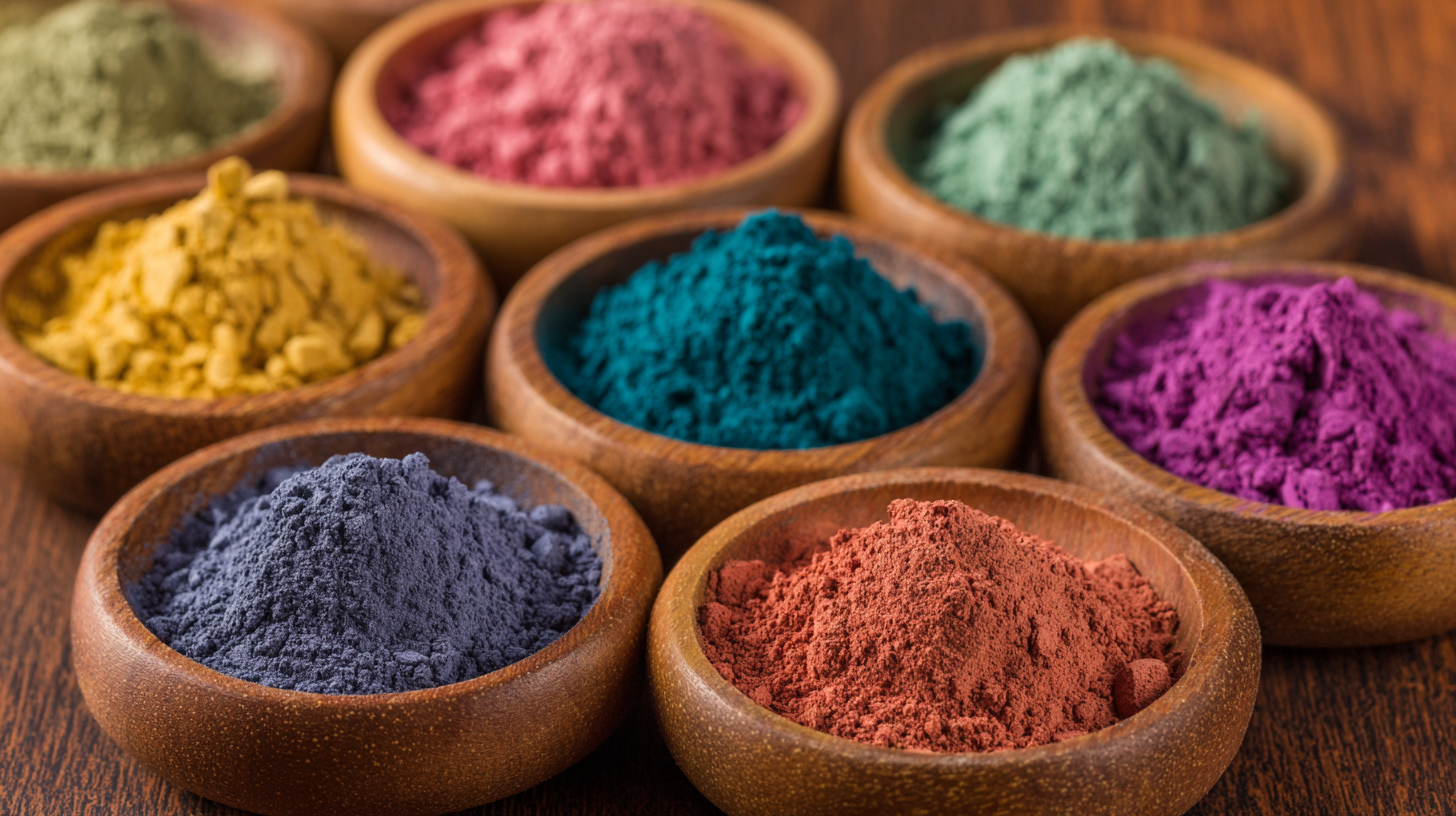
As the mica powder market continues to thrive, particularly in the soap industry, sustainability in mica sourcing has become a critical focus. With a market expected to reach $10 billion by 2027, the demand for responsibly sourced mica is skyrocketing. Companies are increasingly prioritizing transparency in their supply chains, with 75% of businesses now indicating a commitment to sustainable practices, according to a recent industry report by Grand View Research. This shift is not merely a trend but a necessity, as consumers demand more accountability regarding the ingredients used in their products.
To ensure sustainable mica sourcing, industry players are adopting best practices and certifications. The Responsible Mica Initiative (RMI) is gaining traction, promoting ethical sourcing and improved working conditions in mica-producing regions. Notably, 60% of the world's mica comes from India, where labor practices can be controversial. The RMI aims to eliminate child labor and ensure fair wages, significantly influencing partnerships and sourcing decisions. As soap manufacturers gear up for the 138th Canton Fair in 2025, showcasing their adherence to these sustainability standards will be paramount, reflecting a larger movement towards responsible ingredient sourcing in the beauty and personal care market.
| Aspect | Details |
|---|---|
| Market Size (2025) | Estimated to reach $750 million |
| Annual Growth Rate | Projected CAGR of 8.5% |
| Key Market Drivers | Rising demand for natural cosmetic ingredients |
| Sustainability Practices | Responsible mining and sourcing certifications |
| Popular Mica Sources | India, Madagascar, and Brazil |
| Certifications for Ethical Sourcing | Fair Trade, Responsible Mica Initiative |
| Challenges in Mica Sourcing | Child labor, environmental concerns |
| Market Trends | Shift towards synthetic alternatives |
As the 138th Canton Fair unfolds in 2025, the demand for mica powders among soap makers showcases significant trends driven by consumer preferences. Soap artisans are increasingly drawn to mica for its eye-catching aesthetic qualities, elevating their products in a competitive market. The shimmering effects and vibrant colors that mica powders can impart not only enhance the visual appeal of soaps but also align with the growing consumer desire for unique, handcrafted experiences.
Analyzing the demand reveals that eco-conscious soap makers are particularly favoring ethically sourced mica powders. These artisans prioritize sustainability, making choices that resonate with consumers who are more informed about the origins of the ingredients in their personal care products. This shift towards transparency is leading soap makers to seek suppliers who adhere to ethical mining practices, resulting in a more responsible supply chain. As trends evolve, the mica powder market is set to adapt to these preferences, reflecting a broader movement towards sustainable and attractive personal care items.
The mica powder market has seen unprecedented growth, particularly in the soap industry, driven by the increasing demand for natural and eco-friendly ingredients. According to a report by Mordor Intelligence, the mica powder market is projected to grow at a CAGR of approximately 6.5% between 2022 and 2027. This growth is indicative of the rising consumer preference for products that are not only aesthetically appealing but also sustainable. The 138th Canton Fair 2025 presents a strategic opportunity for key players in the market to showcase innovative mica products that incorporate both beauty and sustainability.
In this competitive landscape, several leading companies, including Pidilite Industries, Vaibhav Mica, and The Mica Group, are making significant strategic movements to enhance their market presence. These companies are investing in advanced processing technologies and expanding their product portfolios to cater to diverse customer needs. Furthermore, strategic partnerships and collaborations are becoming increasingly common as companies strive to strengthen their supply chains and ensure the availability of high-quality mica powder. The emphasis on transparency and ethical sourcing practices is also reshaping the competitive dynamics within the industry, as consumers demand not just quality but also assurance that the mica used in their products meets environmental and ethical standards.
